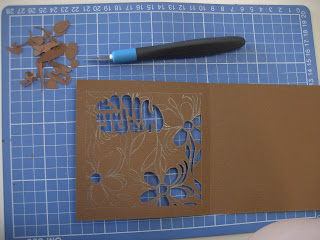I have developed the original brief by selecting a message in the novel and try and illustrate it in the book cover. I believe escapism will be more effective and relative to the story, as the main protagonist James escapes from his aunts, the miserable life, and from death on a few occasions during his journey travelling on the peach. I will not include the image of a peach in the design which will be a challenge.

I wanted to present a unique, surrealist and peculiar design, inspired by Burton and Garcia. Therefore the target audience would naturally be aimed at an older consumer, however this does not mean it would not be suitable for children, it would only juxtapose with the previous book covers. So I intend to break the traditional expected outcome which is what Garcia has done illustrating Alice in Wonderland.
This book cover design differs hugely to my neat and controlled style. I experimented with acrylic paint, produce marks which relate to the individual images, then pieced the ripped up marks to form the objects. By producing hand type it shows I have considered and involved it into the design.




























.jpg)
.jpg)




















